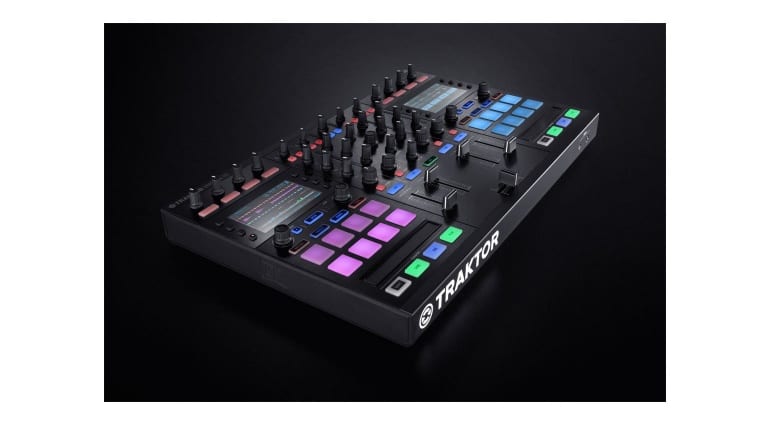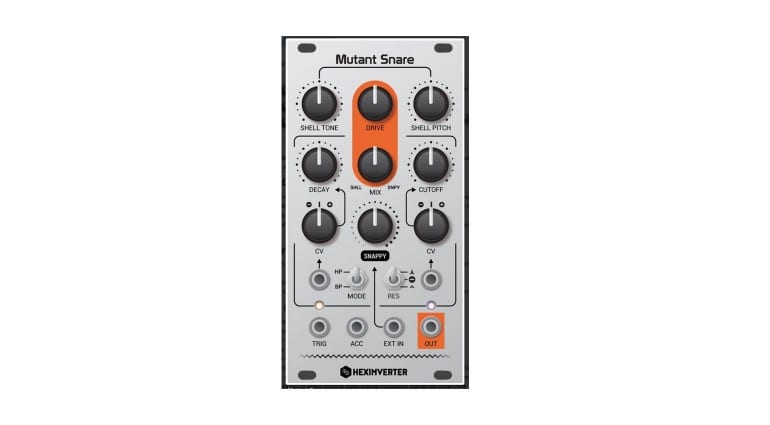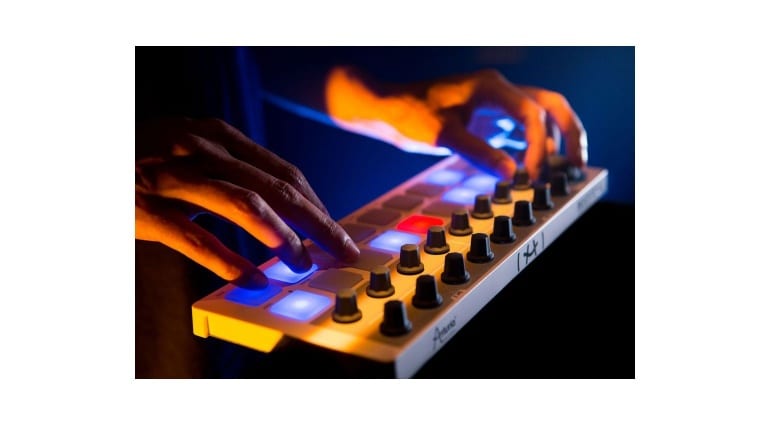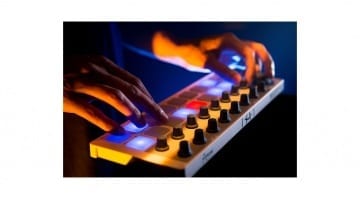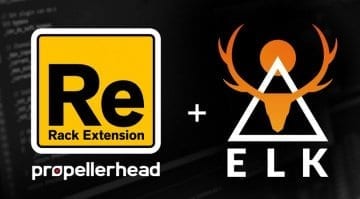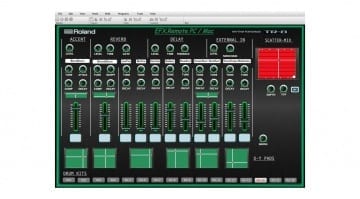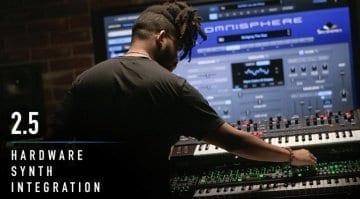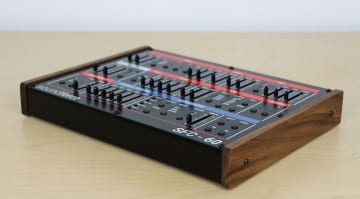What’s behind the surging popularity of music hardware?
More and more music software developers are moving into the hardware arena, a trend that’s becoming more noticeable with each passing year. Just the other day I was speaking to a well-established developer who let slip that their company was working on its first hardware product. And they join a growing list of people doing just that. But weren’t we all supposed to be working entirely in the box by now, with plug-ins replacing all our outboard gear? Well, yes and no. To understand what’s going on you have to dig a little deeper into the tech world.
Arguably the biggest factor driving software companies to move into hardware is the fact that software has got so much more advanced than it used to be. This has really revealed the limitations of the mouse and computer keyboard as means for interacting with complex apps. Try using Traktor or Spark with a mouse and then with their own dedicated controllers and you’ll experience a world of difference in workflow and productivity.
Then there’s the fact that this stuff has only recently even become possible on a technical level. A decade or two ago, touch screens and ubiquitous standards like USB2 were either too expensive or too imperfect to put into mass-market, affordable products. It’s not long since Lemur touch surfaces cost thousands of dollars : the iPad means their app is now a tiny fraction of that.
Next is the security of hardware. You can’t pirate hardware like you can steal software, and piracy is sadly still a big problem for any software developer. Just ask record labels and movie studios how the rise of the internet has affected: developers get hit as well. When one company develops both the software and the hardware it lets them create an amazing degree of integration between the two, which is great for users.
But it also has the effect that the user really needs to buy and keep that hardware to get the most out of their software. That’s fair enough, and is almost certainly helping a lot of these companies to stay afloat and keep working on new stuff. So it’s very much in the interests of the user experience and the survival of the companies to diversify into hardware.
Last but by no means least, people just like having real stuff because it feels more authentic. In the same way you probably prefer a cool local bar to a fast food restaurant, aesthetics count for a lot. And of course some people feel that hardware synths and outboard sound better than software, which is a big consideration.
In my work in pro studios I see both – there’s a lot of hardware but a lot of software too. As with many things in life it’s about choosing the right kit for the job rather than being too dogmatic about it.

